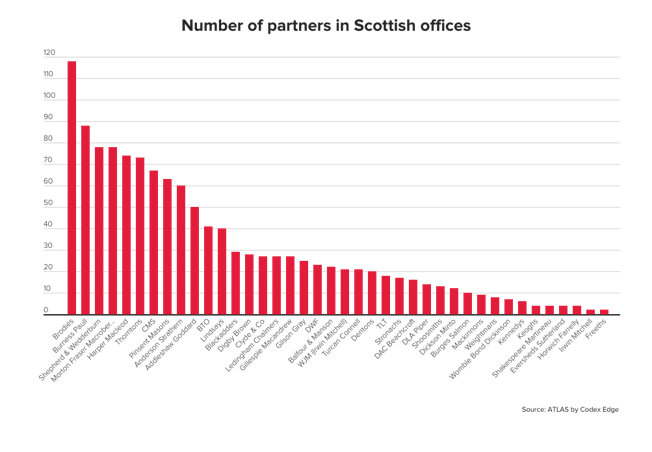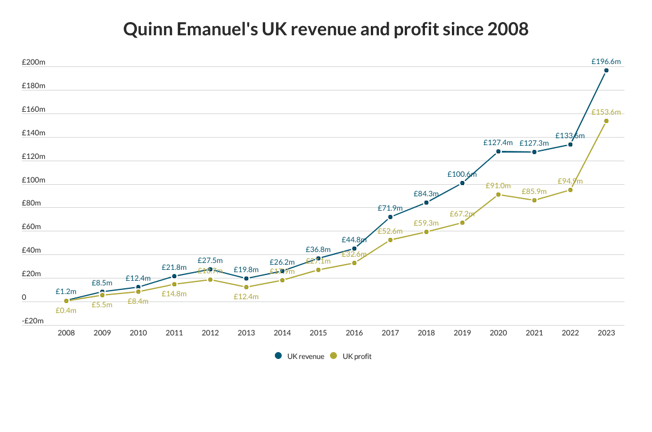It underpins what we do and how we are perceived in our professional and personal lives; it is defined by different people in different ways and it is a quality that some seem to have in abundance and others struggle with.
But just because there are those who appear to possess unreasonably high levels of it does not mean that it is their privilege alone. It is available to us all in varying levels and when broken down into its component parts it can be achieved by some very simple practices.
It is, of course, confidence.

Self-belief, assurance, poise, certainty, coolness, conviction, credibility and all the other synonyms that define confidence can be broken down into three component parts. The psychological aspect of confidence, the physical aspect of confidence and the vocal aspect of confidence. This article will look at the psychological aspect of appearing confident.
The three elements to mental confidence are:
- Positivity
- Self-belief
- Enthusiasm
Positivity, like laughter, is contagious. It is those who are positive about life who tend to attract others and who are memorable. Those who celebrate what they have as opposed to dwelling on what they lack tend to have a better experience of life.
That is not to say that these people don’t have moments when they are not feeling positive, of course they do – they are human beings awash with complex emotions but they are the type of person who does not lose sight of the bigger picture – life is precious and to be cherished and the many things that can get in the way of that are often, when examined in detail, not so disastrous as first thought. I am not talking about major catastrophes or disasters here, more the everyday things that can way us down and darken our day and yet to those who are positive appear in clearer perspective. So how do we achieve this near nirvana?
One very simple yet particularly effective way is to practise the art of gratitude. Taking a moment each day to think about something that we are grateful for which we might otherwise have taken for granted provokes a ‘glass half full’ attitude (even if we are by nature the opposite). In his stimulating TED talk ‘Want to be happy – be grateful’ David Steindl-Last discusses the influence of gratitude on happiness, which in turn feeds confidence.
Secondly, self-belief. Take some time to think about how you view yourself and your achievements. If you do not believe in yourself, why on earth should anyone else? You have achieved your credibility, no one else.
Take a moment to think about what you have done, what you are most proud of and that you are in a role which many seek. It may not seem like that to you, but the more you think about it the more apparent this will become.
Many of us are extremely good at focusing on what we don’t like about ourselves and our failings. Well, the sooner we accept that we are flawed and imperfect and turn our attention to what we have accomplished and what others see in us the better. If you want people to believe in you and what you say, you have to believe in that yourself.
Finally, being enthusiastic about what you do and the people you meet is all part of appearing confident. It may be that at first you are slightly ‘putting on an act’ and that is fine, but if you have no enthusiasm for your role, your colleagues and your clients then it is perhaps time to rethink your path.
These three simple components of mental confidence are easy to apply and reap dividends. The second stage, to be addressed next, is the physical aspect of confidence.
Luan de Burgh of the de Burgh Group is a professional public speaker and presentation coach.































